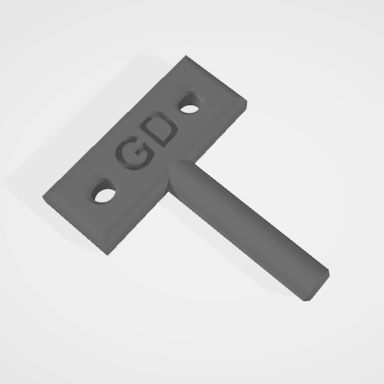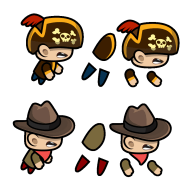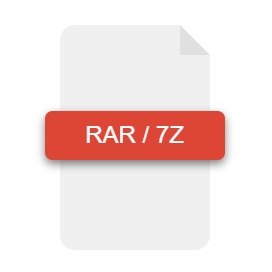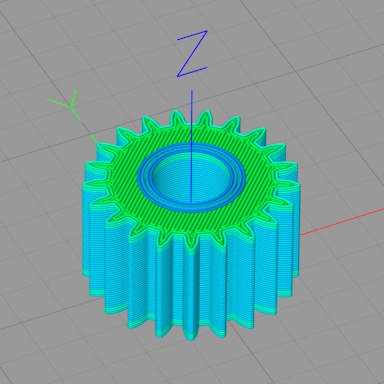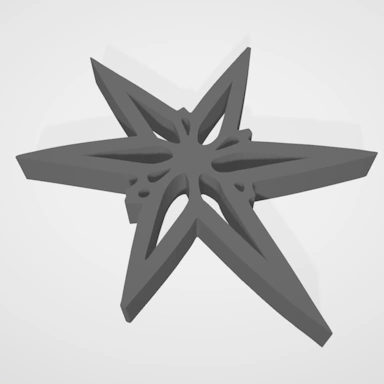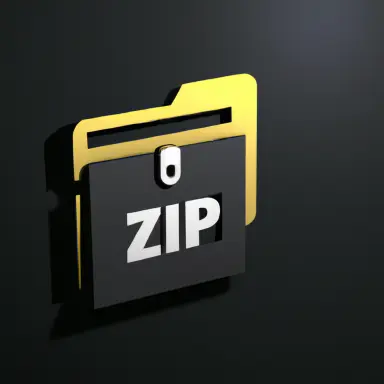| Extension | DXF |
| Full Name | Drawing Exchange Format |
| Type | CAD |
| Mime Type | image/x-dxf |
| Format | Binary |
A DXF file was created by Autodesk as a standardized format for storing complex 2D and 3D Computer Aided Design (CAD) drawings in a single, standard package that can be used for seamless exchanging of data between different CAD systems.
The DXF format is plain text and allows CAD elements such as points, lines, curves, and other elements to be represented in an efficient manner that is easy to read by other CAD applications. The use of plain text does, however, cause the files to grow in size quickly when storing large and complex CAD drawings.
As DXF files are designed from the start to be an open and standard format, there are many CAD and 2D drawing applications that offer support for importing and exporting to the DXF format.
The OBJ file format is a 3D graphics file format used to define complex 3D models, including geometry, materials, and textures. OBJ files are text files, making them human-readable and easy to modify by hand. The downside to this ease of readability is that the files can become rather large when dealing with large or complex 3D models.
As mentioned, the OBJ format stores not only 3D model geometry but also materials and textures. These materials are usually defined in a separate file with the MTL file extension and specify geometry rendering details such as diffuse and specular color, transparency, and much more.
The OBJ material file can also reference external texture files. These are usually JPEG or PNG files; however, these can be older formats, such as TGA. Where materials are used, the OBJ file will also contain material names preceding the geometry faces they should be applied to. If textures are referenced, the geometry will also contain texture coordinates (UV) for each vertex.




